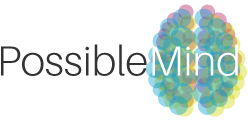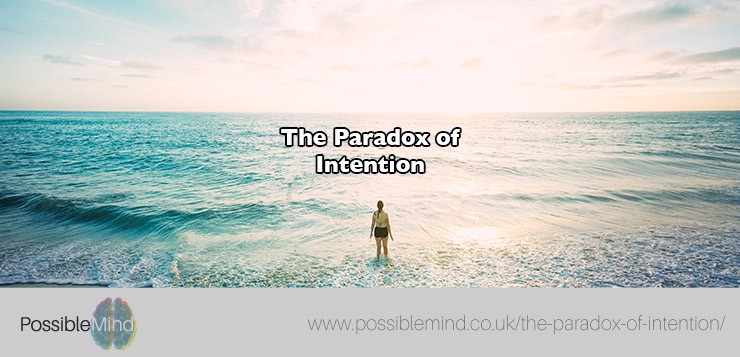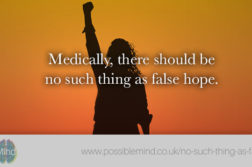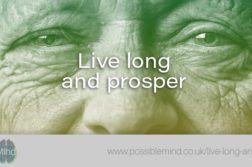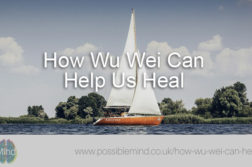So you want to have better health? Let’s set a target and go for it.
But is setting goals and intentions the right way to go?
We can intend to get better and have less pain but what is ‘better’ and how will we know when we get there? And when we do, will we still be dissatisfied and want more health?
I always thought that intention was a big part of any recovery but now I am not so sure its role is quite so significant.
Let me give you a somewhat obscure example:
In the 1970s Mink coats were popular and as a result, Mink farms were popping up over the UK.
Animals rights activist decided to do the ‘right thing’ and release the caged animals.
The intention, to save the Minks from certain death.
The animal rights activists achieved their aim and the Minks were released into British wildlife.
Fast forward 40 years and the Minks are still around as happy as can be.
So mission accomplished, right.
Not quite, the Minks love eating Water Voles and as a result, Water Voles, as of 2019, are nearing extinction.
Now let me be clear, based on the information the animal rights activists had at the time, I feel their intention of releasing the Minks was carried out with goodwill to all animals in mind. That isn’t how it turned out and I am not saying they could have done anything else in the situation they were in. But I am saying that although the desired outcome of saving the Minks was achieved. The knock-on effects would, more than likely, have horrified the animal rights activists who released those caged animals. Had they been able to predict this before releasing the Minks, they would have picked a different course of action.
This example shows to me the limitations of intention because there are just too many variables interacting with each other, making the full outcome almost impossible to guess. And if we push for our intended goal we can also remove the possibility of something even better than our intended action coming to fruition.
I hear you say, ‘So, what can we do about our pain and illness?’
The answers, interestingly, come in the form of Sport Psychology and Taoism.
Let’s start with Sports Psychology, this is a great model to use for helping us to get into the best mindset for healing. Why? well, sportspeople are aiming to get their body to perform at its optimum level, so they can achieve victory. We too, when we want less pain or to heal, are also looking to get the best from our bodies through our thoughts and actions. Only our desired victory is health and comfort.
An expert on sports psychology, Lanny Bassham states:
Should we be concerned at all with winning? Certainly. And the best focus, in my view, is on a winning performance, not finishing top.
To me, this means that winning is a possible outcome of our best performance. If we link it back to our health I would say that our recovery is a by-product of performing the best we can in the now by selecting behaviour which will give us the highest probability of comfort and health.
It is not possible for all sports stars to win the gold medal, all they can do is give themselves the best chance. That is what we can do as well when we want to recover, give ourselves the best chance. To do that, just like athletes, we can focus on doing the best we can in each moment and let the results take care of themselves.
Larry explains this further:
In the Triad State, a person is balanced, confident and great performances can become reality…
…In fact, you cannot be beaten when you are in the Triad State, unless you face an opponent that is also in the Triad State, and who has the superior ability
The keyword in the quote above is can because there are so many other possibilities, one of which is the victory of a full recovery and comfort.
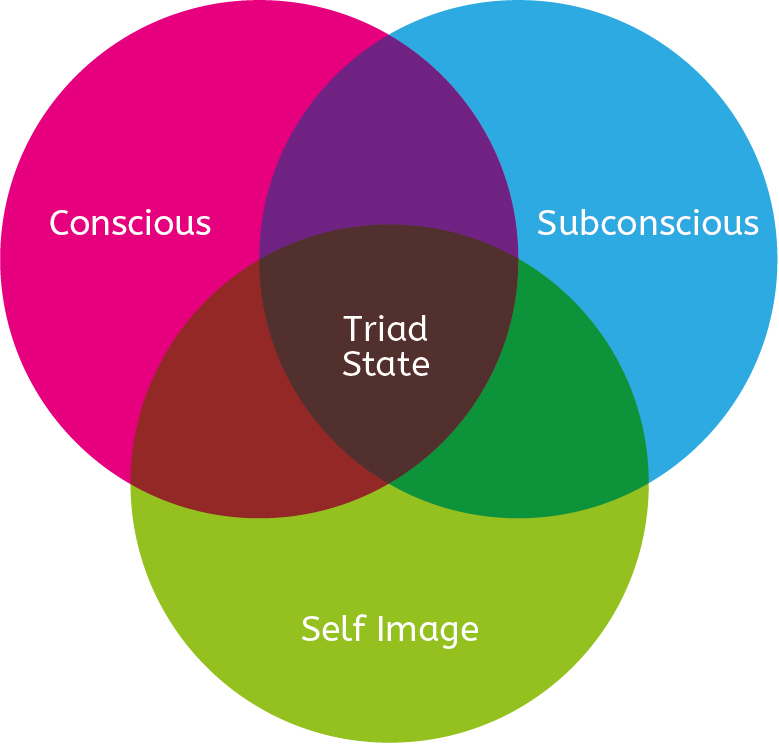
We will cover more on the Triad State in a future post. The important point to remember at the moment is: Consciously is practising something over and over, as Matthew Syed states in his book, Bounce, ‘purposeful practice’. So much so that it becomes 2nd nature in our Subconscious and that our Self-Image tells us that it is ‘like us to do the task’ we are doing. And when we do all of this to a point of balance we will give our selves the best chance to heal and recover.
The best analogies are:
- Laying the best brick you have ever laid over and over means that by default and without trying you have achieved the best wall you have ever built. The wall is a by-product of laying the best brick you can.
- Playing the best point of tennis you can over and over and the games, sets and matches will take care of themselves.
The six best doctors: Sunshine, Water, Rest, Air, Exercise and Diet – Wayne Fields
- By eating the healthiest food, getting plenty of exercise, fresh air, rest or doing mental exercises over and over will result in the best possible health outcome. Whatever that may be.
Each of the above examples can only be achieved by being in the moment of now and this is where Taoism, the second of two answers to “what can we do about our pain and illness?”, comes in.
Chungliang Al Huang a Taoist master states that:
The past is in front of us and the future is behind us.
This is the complete reverse of how we think in goal-driven western world. We see our future in front of us and we grasp and strive towards it to achieve our aims, with a misguided belief that we know what is best for us.
Chungliang Al Huang’s view of the world is, in my opinion, much more inspiring and healthy for us. Let me explain why:
By having our past in front of us we can choose our actions in the now based on what we have learnt in the past. This ensures that we are always trying to do the best we can for ourselves in each moment. We are also always learning from our past experiences. Buddhist philosophy shares that guilt is pointless and the best we can do is choose to behave differently in the future. This what having the past in front us helps us do. Learn from our past experiences of what worked and didn’t work for us.
But what about the view of having the future behind us? Well, to me this is where it gets quite interesting in relation to focusing on the now and not having a long term intention.
With the future behind us, Chungliang Al Huang instructs that what we do in each moment decides which future catches up with us to become our next now. All our power sits in the actions we carry out now, now and now.
Conclusion
I hope that with all we discussed in this post helps share the paradox of intention: The animal activists releasing the minks and causing water voles to nearly become extinct; Then the power of focusing on doing the small things well, as Lanny the sports psychologist alludes too, play the best point of tennis you can over and over until the games, sets and match take care of themselves; And finally as the Taoist master, Chungliang Al Huang, who suggests the concept of us having our past in front of us and the future behind us helps us to do the best in each and every moment.
For me, each points to the same message. Having long term intentions and goals take away the possibility of something even better than our intended goal from happening. To get the best results we really have only one option, and that is, rather than intending a specific outcome, intend to do the best you can in the now and the future will take care of itself.
If you like this post you will also enjoy:
- Like War, Illness and Pain are Not Bad.
- The Grace Of Not Knowing.
- The body knows how to heal itself.
- Unlikely, but still possible.
- Mind Power and Belief for Recovery and Healing.
- How Athletes Recover Quicker Using Mind Power.
- The Healing Power of Illness Book Overview.
Further Reading:
